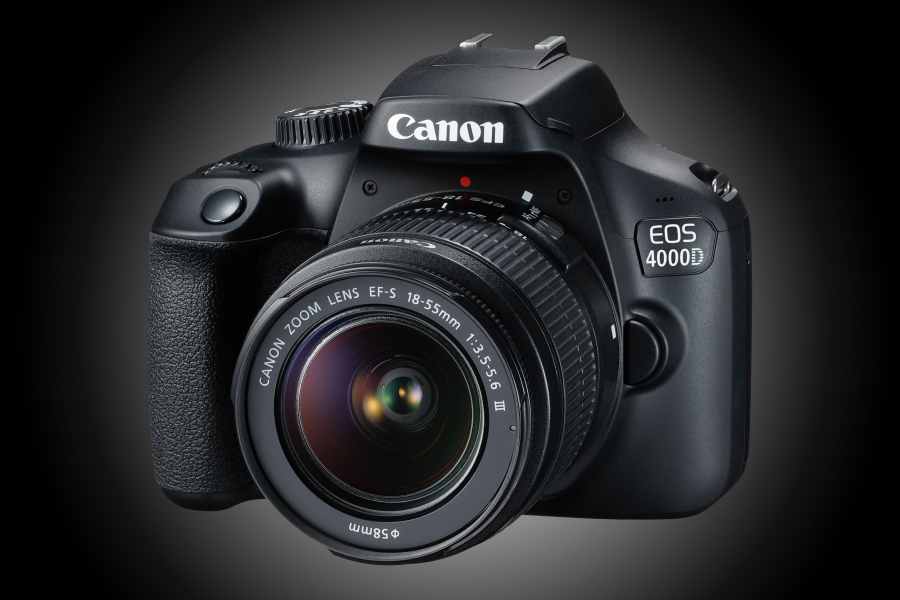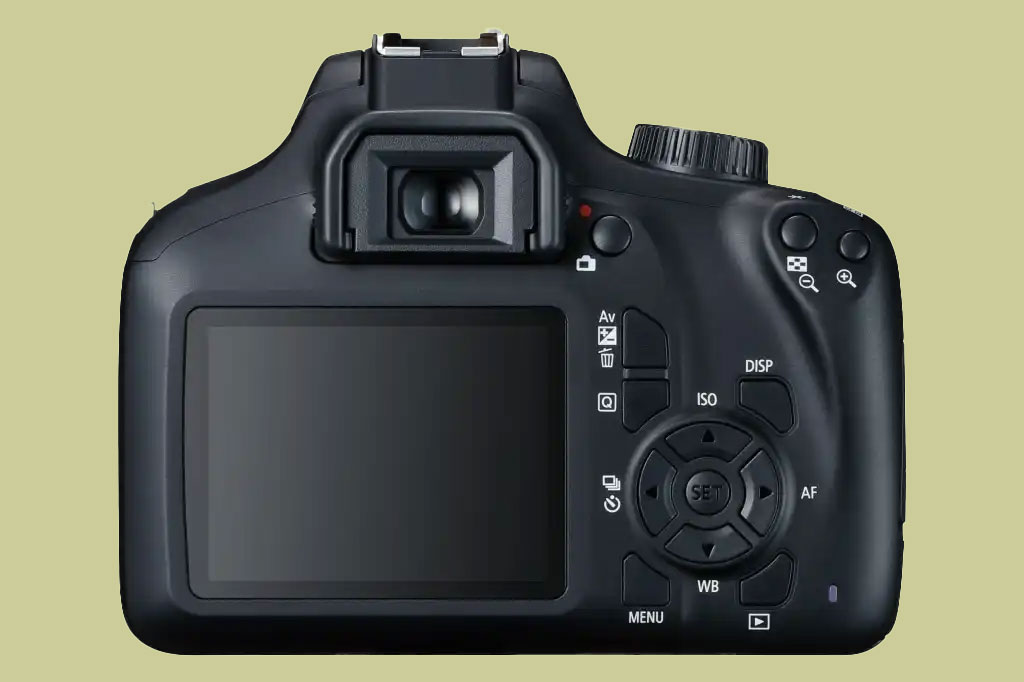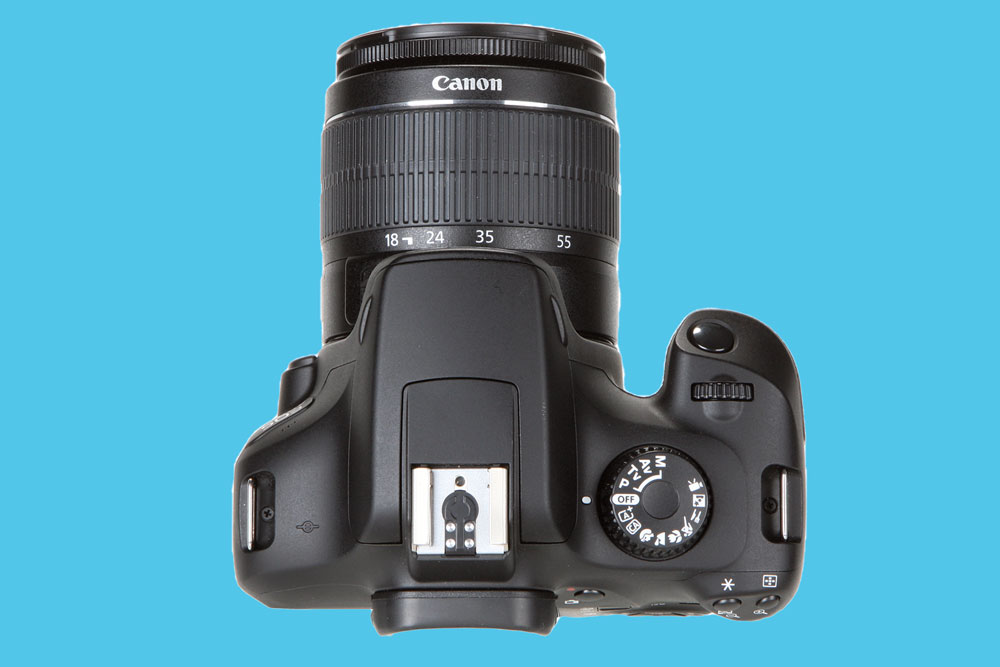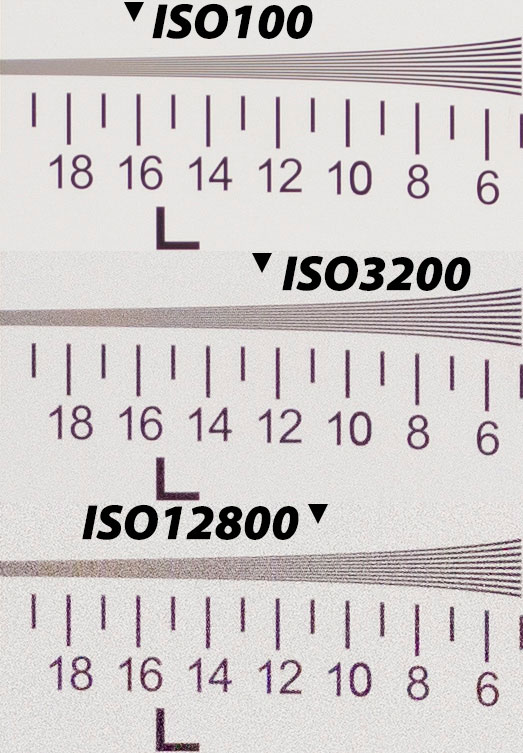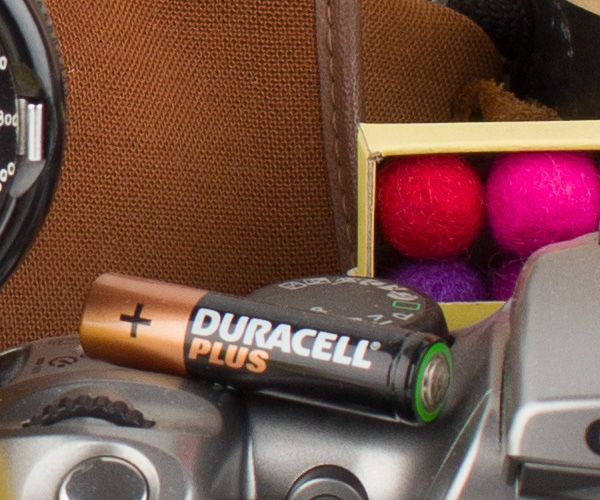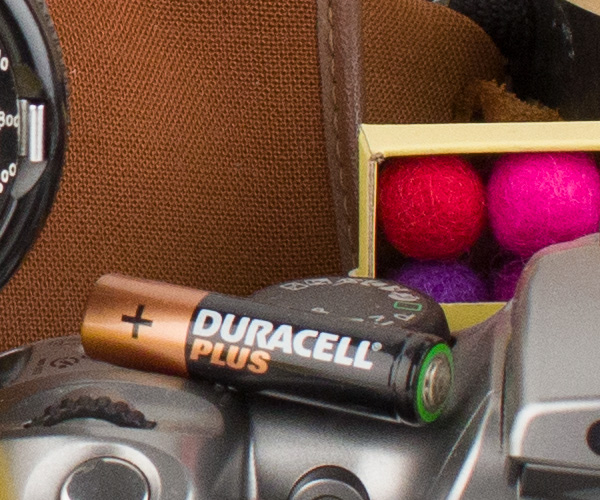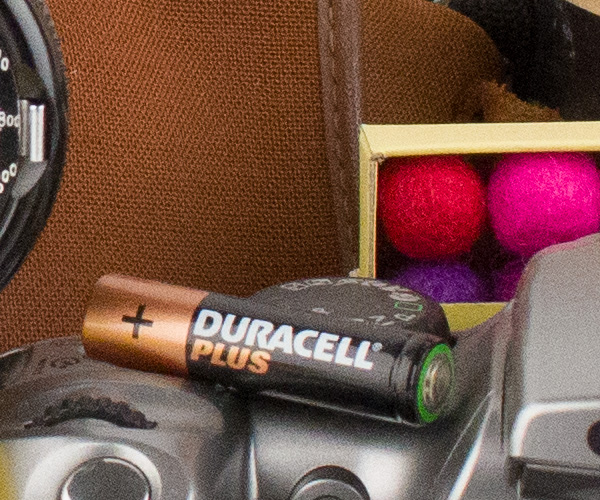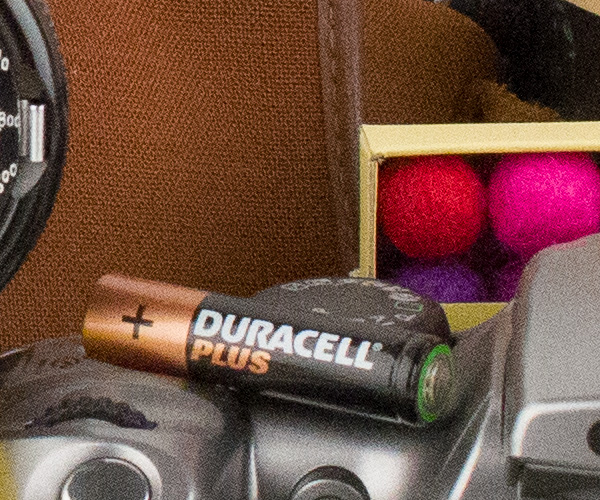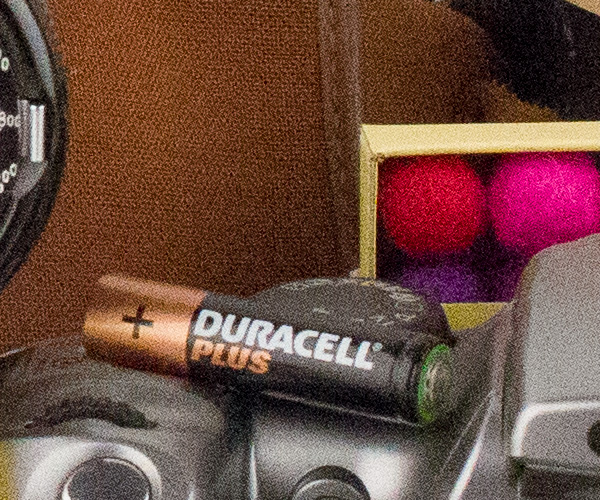The Canon EOS 4000D (as known in the UK) or Rebel T100 (USA) represents a bygone era of ultra-cheap entry-level DSLR cameras. It’s hard to find new but bargain prices make it one of the best Canon DSLRs for those on a low budget. Find out how it performs in our full review.
Amateur Photographer verdict
A no-frills entry-point to Canon DSLRs, the EOS 4000D is easy to use and capable of good quality images for a budget camera. We feel that others in the EOS range offer better value and scope, though.- Cheap and easy-to-use
- Good image quality in the right conditions
- The 1300D is better and cheaper
- Painfully slow autofocus in live view
- Poor-quality 2.7inch LCD screen
- Build quality
NB. It’s also known as the Canon EOS 3000D in some markets.
Canon EOS 4000D / Rebel T100: At a glance
- $379 with 18-55mm lens / £210 approx. used
- 9-point AF system
- Wireless functionality
- ISO 100-6400 (12,800 expanded)
- Records up to Full HD (1080p) video at 30fps
The Canon EOS 4000D / Rebel T100 was designed to be cheap – from its use of a plastic lens mount, just a single colour for the buttons, to its ageing 18MP sensor and extremely basic specifications. It’s still Canon’s cheapest DSLR today – where you can find it. We assess its credentials as a budget buy.
The camera originally arrived in 2018 with the EOS 2000D and EOS 250D, both of which had higher-resolution sensors and more features, at accordingly higher prices. The EOS 4000D / Rebel T100 was intended as the ultimate entry-level camera, giving an on-board option for those who wanted to shoot with a DSLR on an ultra-slim budget. Now, with the benefit of hindsight, we can assess how this strategy played out.
Not so well, truth be told. The EOS 4000D didn’t last long, and while it’s still on sale at some resellers, is becoming scarce. But while there’s no equivalent ultra-cheap rival in the Nikon Z mirrorless line, it seems that Canon hasn’t given up on the ultra-cheap entry-level proposition, as the latest Canon EOS R100 mirrorless model uses the same principle of old/cheap tech in a low-cost camera; this time mirrorless.
The Canon EOS 4000D cost savings bring pretty fundamental compromises. Its 18MP sensor is below the standard resolution for even beginner cameras, and its 9-point AF system looked dated even when it was launched in 2018. The EOS 4000D also wasn’t all that big a jump from the camera it partly replaced, the EOS 1300D, which you could (and can) pick up second-hand for slightly less.
Without getting carried away, the Canon EOS 4000D is still a competent APS-C shooter. But is it worth buying in 2025? Let’s dig into the features, specs and shooting experience and find out in our full Canon EOS 4000D / Canon Rebel T100 review.
Canon EOS 4000D / Rebel T100: Features
The Canon EOS 4000D is built around the same 18MP APS-C CMOS sensor and Canon DIGIC 4+ image processor used by the two-year-older 1300D. While we can appreciate that Canon’s chief priority with the 4000D is to keep costs to a minimum, the decision to stick with such a relatively low-resolution sensor is a bit disappointing, as is the decision to pair it with the now very dated DIGIC 4+ processor.
Native sensitivity ranges from ISO 100-6400 plus an extended setting equivalent to ISO 12,800. This is identical to both the EOS 1300D and the EOS 2000D, although the EOS 250D can be extended to the equivalent of ISO 51,200 while the Nikon D3400/D3500 offers a maximum setting of ISO 25,600. As per the EOS 1300D and EOS 2000D, the EOS 4000D’s video recording abilities max out at 1080p Full HD capture at 30fps. This puts it behind both the EOS 200D and the Nikon D3400, both of which can record Full HD video at 60fps, and the EOS 250D with 4K video.
On the back the EOS 4000D is fitted with a fixed 2.7inch, 230k-dot rear LCD display, which represents a significant downgrade on the EOS 1300D’s 3inch, 920k-dot display. Of all the compromises Canon has made with the EOS 4000D, we have to report that this has by far the most detrimental effect on the camera’s overall usability.
While it remains perfectly functional for reviewing captured images or operating the camera in live view mode, display quality really isn’t great when compared side-by-side with the 3in, 920k-dot displays of the EOS 1300D, EOS 2000D and EOS 200D.
It’s not just the lack of screen resolution that lets it down; colour and contrast are both missing. There’s no touchscreen functionality either.
Above the display the EOS 4000D is fitted with a pentamirror optical viewfinder that provides 95% coverage at 0.50x equivalent magnification – the same as the 2000D. While this is bright and clear, it is very small compared to those found on more expensive Canon DSLRs. Unlike the EOS 1300D, EOS 2000D and EOS 250D there’s no dioptre adjustment wheel, which could be an issue for users who wear glasses.
In addition to PASM exposure modes, the EOS 4000D provides a fully automatic Scene Intelligent Auto mode for point-and-shoot duties alongside a Creative Auto mode for simplified depth-of-field control. The mode dial also provides a Forced Flash Off mode and six individual Scene positions: Portrait, Landscape, Close-up, Sports, Food, and Night Portrait. In terms of shooting and processing features, the EOS 2000D offers Canon’s Auto Lighting Optimizer, along with the usual array of Picture Styles.
Key Features
- Picture Styles – These JPEG processing settings are used to give your images a certain look. There are six to choose from: Auto, Standard, Portrait, Landscape, Neutral and Faithful. You can also adjust the sharpness, contrast, saturation and colour tone settings.
- Auto Lighting Optimizer – This processing tool is designed to lighten shadow areas when the camera is faced with backlit subjects or high-contrast situations. As ever, there are four strength levels to choose from: Off, Low, Standard and High.
- Creative Filters – The EOS 4000D provides five Creative Filter effects: Grainy B/W, Soft focus, Toy camera, Miniature effect, and Fish-eye. However, they can only be applied to images while the camera is in Playback mode.
- Wi-Fi Connectivity – Allows you to connect the camera to a smartphone and transfer images as well as control the camera remotely.
- Scene Intelligent Auto mode – This fully automatic mode is programmed to recognise the type of scene in front of the camera, automatically adjusting the settings so as to gain the best possible image.
- Built-in flash – With a guide number of nine metres at ISO 100, the EOS 4000D’s pop-up flash can be used to illuminate nearby subjects in poor light. The 4000D also gets a hotshoe, which allows you to attach more-powerful flashguns.
Canon EOS 4000D / Rebel T100: Body and design
As with Canon’s other entry-level DSLRs the Canon EOS 4000D is housed within a shiny polycarbonate shell. While this provides some degree of protection it does leave the 4000D looking and feeling a bit plasticky.
Compared side-by-side with the 2000D and 1300D you can see where Canon has cut corners. The lens mount is plastic, whereas the EOS 2000D / 1300D get a more durable metal one. Likewise, the mode dial looks to have been fashioned from a cheaper plastic and doesn’t have the knurled finish of the EOS 2000D / 1300D, while the thumb rest on the back lacks the textured finish of the other two models. As we’d expect, there’s no weather proofing either.
In addition to its lower-resolution sensor, downgraded rear display and cheaper finish, another thing that sets the 4000D apart from the 2000D/1300D models is the removal of some physical buttons on the top plate. Whereas those cameras provide a dedicated on/off switch along with a button to activate the pop-up flash, the 4000D incorporates the ‘off’ switch into the mode dial and removes the flash button altogether; if you want to use the camera’s built-in GN9 flash you’ll need to raise it manually.
Elsewhere, the EOS 4000D sports the same button configuration as the EOS 2000D and EOS 1300D, with the only difference being that there’s a little more space between the buttons.
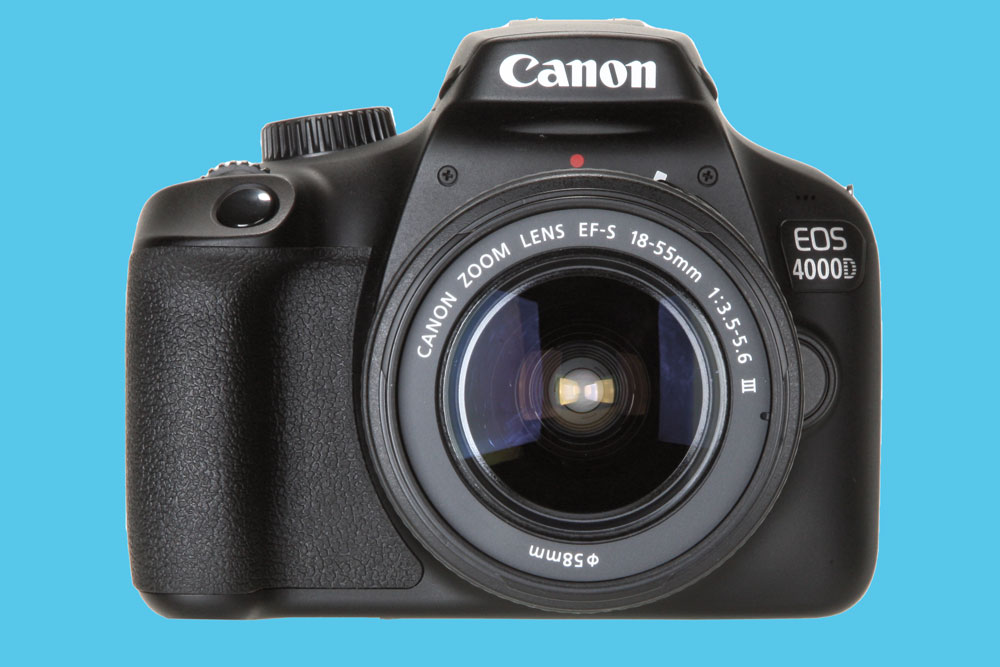
Build quality issues aside, the EOS 4000D does sit quite nicely in the hand thanks to its relatively deep handgrip and sculpted thumb-rest. With the 18-55mm kit zoom attached the camera also feels well balanced and easy to operate.
The in-camera menu system has been stripped right back, so first-time users should be able to scroll through and find what they need without any issues.
Canon EOS 4000D / Rebel T100: Performance
Autofocus through the viewfinder is taken care of via the same nine-point phase-detect AF module employed by the EOS 2000D and EOS 200D. This has been lifted straight from the EOS 1300D and while it’s functional enough, it does feel a bit basic next to some of the Hybrid AF systems employed by many mirrorless cameras.
The nine AF points are arranged in diamond formation across a large portion of the viewfinder, and while focus is quick and accurate in good light, performance does take a hit when light levels drop, especially when trying to use one of the eight non cross-type AF points to lock-on to your subject.
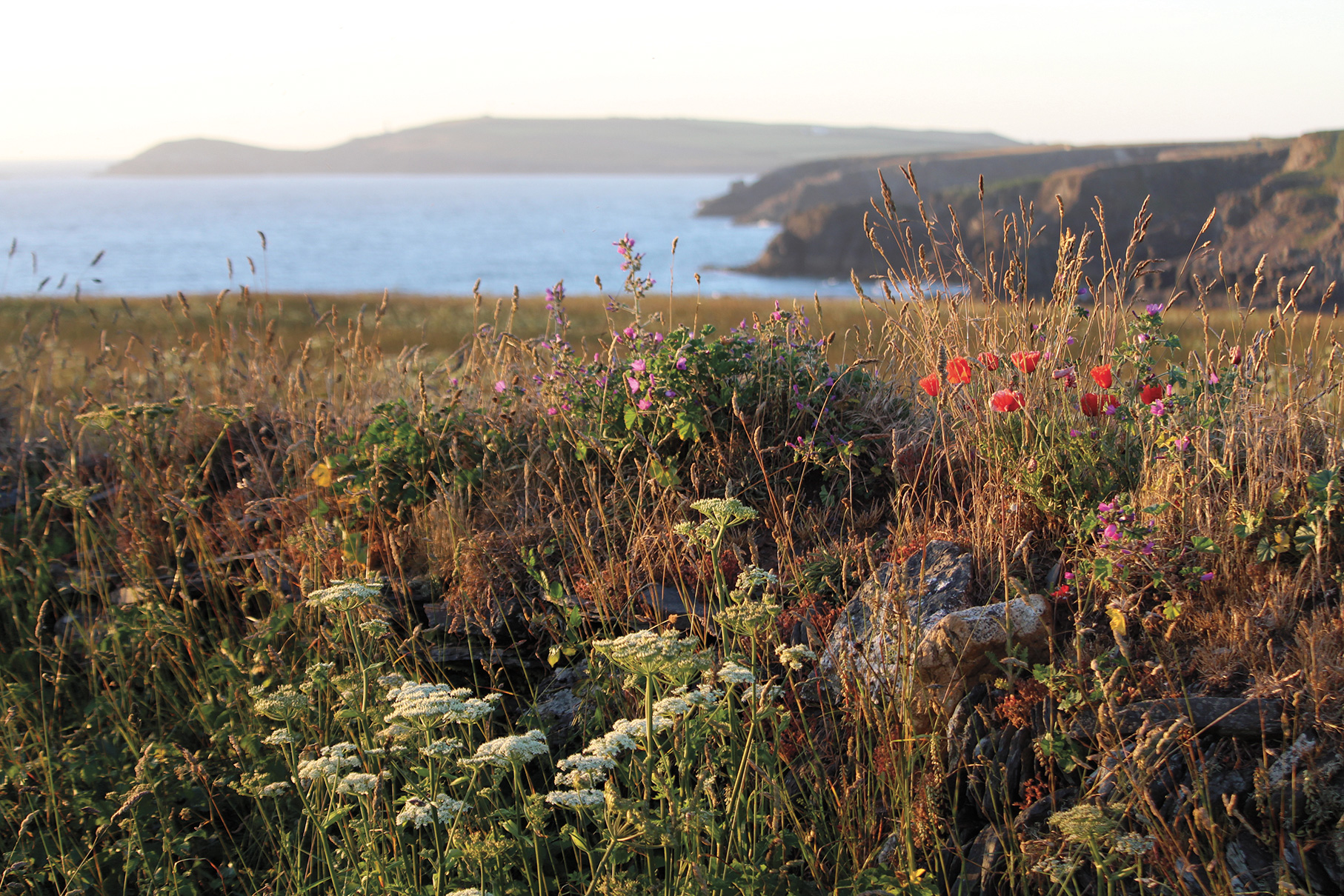
In live view the 4000D’s contrast-detect AF system is painfully slow even when light is plentiful. So slow, in fact, that it actively discourages you from using it. Canon’s clever Dual Pixel technology resolves these issues and significantly improves overall focus performance in live view, however the cheapest Canon DSLR to offer it is the EOS 200D.
Image quality is something of a mixed bag, with the bottom line being that while the 4000D’s 18MP APS-C sensor is capable of delivering very good image quality in the right conditions, the 24MP APS-C sensors inside the EOS 2000D and EOS 200D/250D are capable of better.
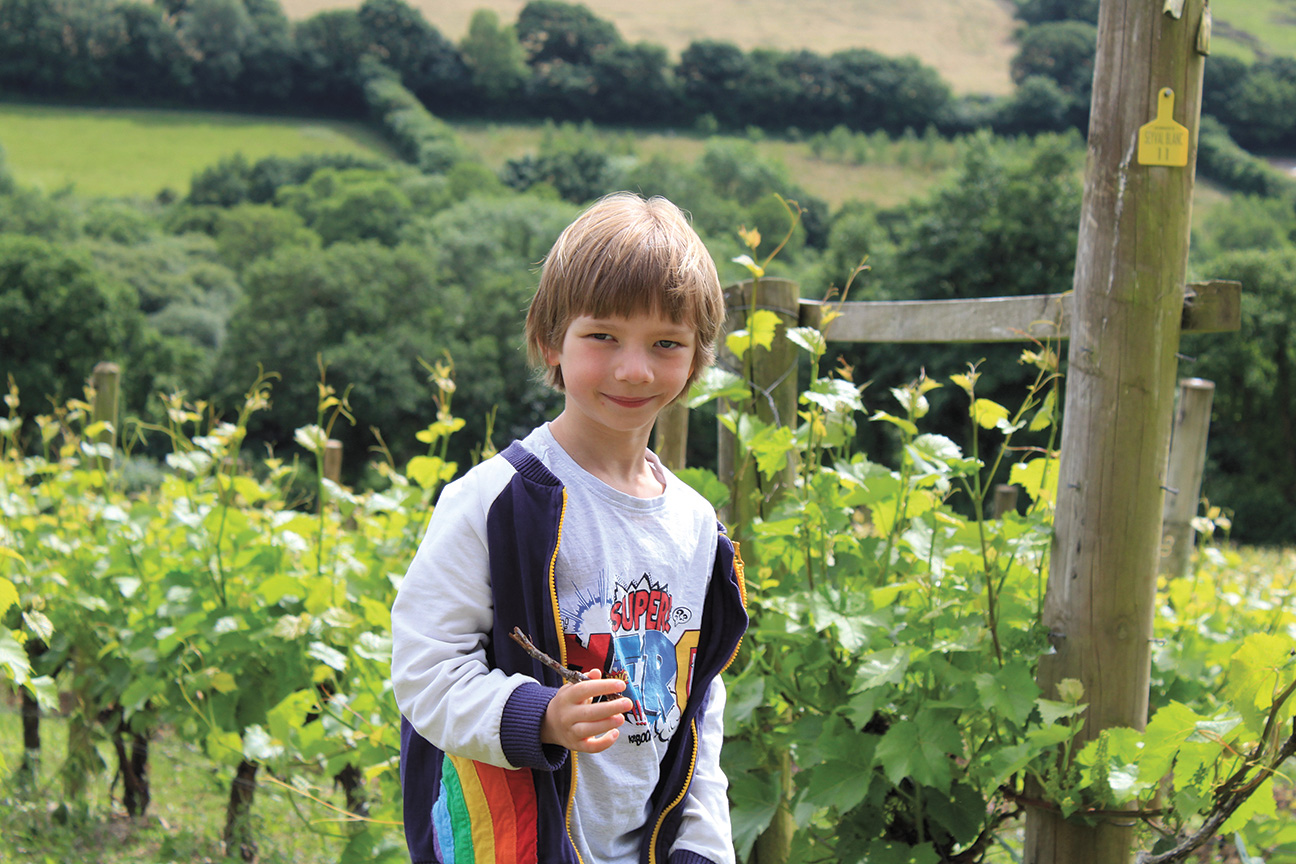
The supplied EF-S 18-55mm f/3.5-5.6 IS III kit zoom is also highly susceptible to fringing on high-contrast borders. That said, first-time DSLR buyers upgrading directly from a mobile phone or small-sensor compact are unlikely to be disappointed by the EOS 4000D and will undoubtedly benefit from a noticeable step-up in image quality.
Indeed, for anyone who’s looking to primarily shoot JPEGs in one of the camera’s many point-and-shoot modes, the EOS 4000D routinely delivers the same punchy image quality associated with more-expensive Canon DSLRs higher up the line. Colour is certainly hard to fault, and can of course be tweaked as you like via Canon’s various Picture Style settings.
Resolution
Set to ISO 100 and shooting raw format, the EOS 4000D can resolve 3,200l/ph with careful processing. At its higher sensitivity settings, sharpness falls off rapidly, with ISO 3200 recording 2,400l/ph. The highest extended setting of ISO 12,800 resolves just 2,200l/ph. For JPEGs the results are generally around 200l/ph lower.
Noise
The EOS 4000D provides clean results at low ISO settings, although a little noise creeps into shadow areas at ISO 800. By ISO 1600 fine detail starts to soften and at IS0 3200 image quality degrades much more noticeably accompanied by a muting of colour. At ISO 6400 this is more pronounced, while the top setting of ISO 12,800 produces soft, mushy images and is best avoided altogether if at all possible.
Connect your Canon to your phone
Canon Camera Connect, is the app that you need, in order to connect your Canon camera to your smartphone or tablet. It lets you view and transfer images on your camera, use remote live view shooting, as well as use location information from your smartphone to Geotag your images. There’s also an option to set up auto-transfer or use the smartphone as a Bluetooth remote control. Using Bluetooth rather than Wi-Fi and live view will help save precious battery life. What’s more, you can also update the firmware, but this function is only available for newer releases like the Canon EOS R5, Canon EOS R6 and R3 models, and products announced after 2022.
For more information and other features when using the app read our guide for the Canon Camera Connect app.
Canon EOS 4000D / Rebel T100: Alternatives and Rivals
As mentioned, there isn’t really a contemporary analogue to the Canon EOS 4000D, as the mirrorless market doesn’t really go in for ultra-cheap entry-level cameras. The 4000D’s stablemates, the EOS 2000D (or Rebel T7) and EOS 250D (Rebel SL3), are still available second-hand and even new in some places; time has been kinder to them. The EOS 250D in particular has gained a reputation as one of the best beginner DSLRs ever made, with a solidly fast processor, a decent amount of resolution, the ability to record 4K at 25p. It’s quite a bit pricier than the EOS 4000D, but is streets ahead.
How about from other manufacturers? The closest Nikon equivalent is certainly the Nikon D3500, an absolutely stellar entry-level DSLR that is still well-regarded in the photographic community despite having been discontinued. This is now only available on the used market.
Canon EOS 4000D / Rebel T100: Verdict
The Canon EOS 4000D provides a no-frills entry-point to Canon’s DSLR ecosystem for those on the tight budgets. Whilst now discontinued, like the EOS 1300D, this is one of the cheaper DSLRs on the second-hand market. In its favour the EOS 4000D is very easy to use and capable of good image quality. That said, both the EOS 2000D and especially the EOS 250D provide better image quality and more growing space for first-time DSLR buyers to develop their skills, and are also available second-hand making them an obviously better choice.
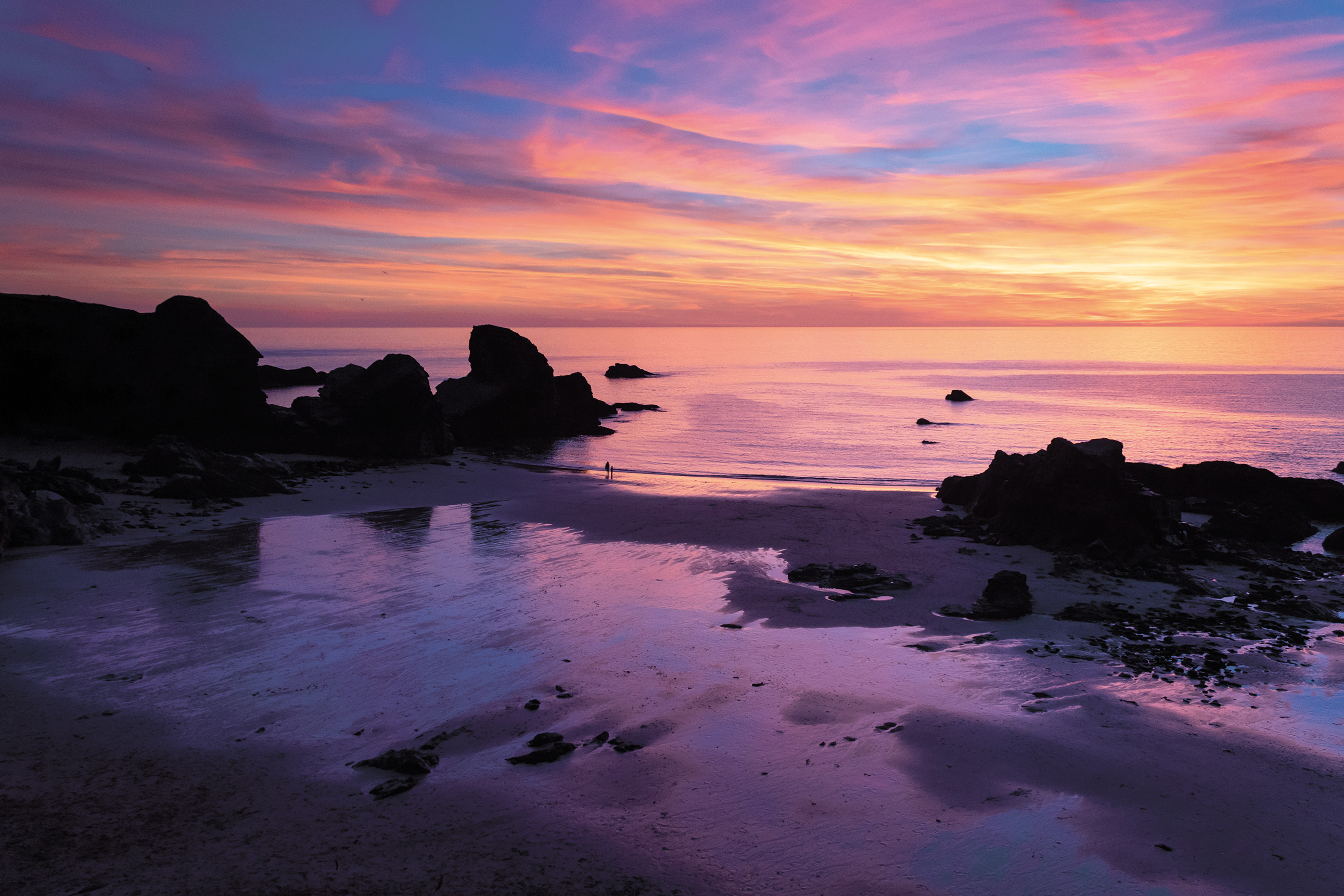
The other issue still facing the EOS 4000D is the older EOS 1300D model, which is even cheaper second-hand. For more money the EOS 4000D offers no discernible image quality or performance benefits over the EOS 1300D. We’d therefore be inclined to recommend the EOS 1300D, or any other Canon DLSR available second-hand, such as the EOS 2000D, EOS 200D, or EOS 250D. For those with a little more to spend the Canon EOS 2000D is undoubtedly a better camera, and only a little bit more second-hand, while the slightly more expensive EOS 250D remains the stand-out option within Canon’s trio of entry-level DSLRs.
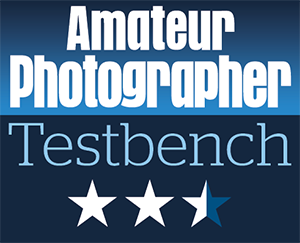
Find more options in our guide to the best Canon DSLR cameras, or have a look at the best Canon EF-mount lenses.
Follow AP on Facebook, X, Instagram, YouTube and TikTok.
Review by Audley Jarvis, with textual contributions from Jon Stapley.

